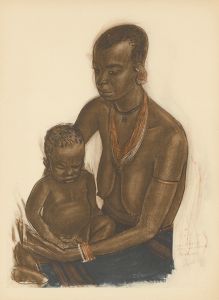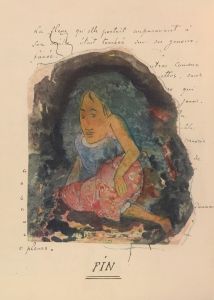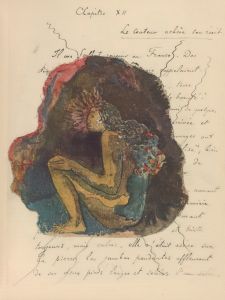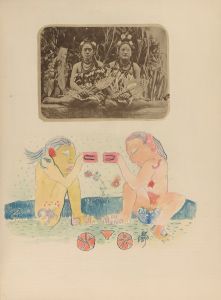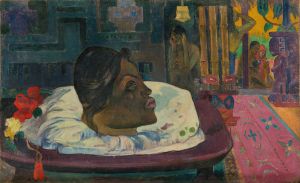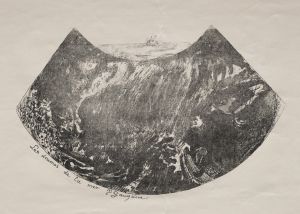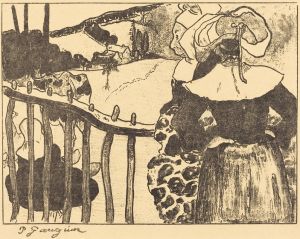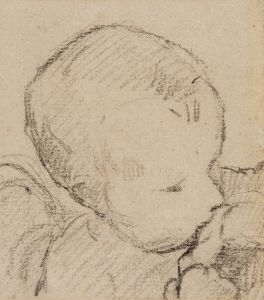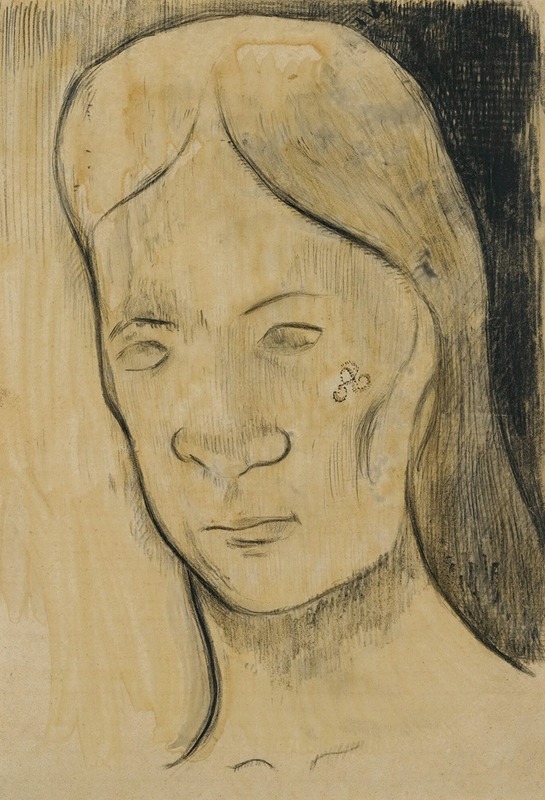
Tête d’une Femme Tahitienne
A hand-painted replica of Paul Gauguin’s masterpiece Tête d’une Femme Tahitienne, meticulously crafted by professional artists to capture the true essence of the original. Each piece is created with museum-quality canvas and rare mineral pigments, carefully painted by experienced artists with delicate brushstrokes and rich, layered colors to perfectly recreate the texture of the original artwork. Unlike machine-printed reproductions, this hand-painted version brings the painting to life, infused with the artist’s emotions and skill in every stroke. Whether for personal collection or home decoration, it instantly elevates the artistic atmosphere of any space.
Tête d’une Femme Tahitienne (Head of a Tahitian Woman) is a painting by the French Post-Impressionist artist Paul Gauguin. Created in 1891, this work is part of Gauguin's first trip to Tahiti, where he sought to escape European civilization and immerse himself in what he perceived as a more "primitive" and unspoiled culture. The painting reflects Gauguin's fascination with the people and culture of Tahiti, which became a central theme in his artistic output during this period.
The artwork depicts the head and shoulders of a Tahitian woman, rendered in Gauguin's characteristic style that combines bold colors, simplified forms, and a sense of emotional depth. The woman is portrayed with a serene expression, her features stylized in a way that reflects Gauguin's departure from traditional European portraiture. The background is typically flat and abstract, emphasizing the subject's face and creating a sense of intimacy.
Gauguin's time in Tahiti marked a significant shift in his artistic approach. He sought to capture the essence of Tahitian life and culture, often idealizing his subjects and surroundings. However, his works have also been critiqued for their romanticized and colonialist perspective, as they often reflect Gauguin's own interpretations rather than an accurate representation of Tahitian society.
The exact identity of the woman depicted in Tête d’une Femme Tahitienne is unknown, as Gauguin rarely documented the names of his models. This anonymity is common in many of his Tahitian portraits, where the subjects are often generalized representations rather than specific individuals.
Today, Tête d’une Femme Tahitienne is recognized as an important example of Gauguin's work during his Tahitian period. It exemplifies his innovative use of color and form, as well as his attempt to merge Western artistic traditions with influences from the cultures he encountered. The painting is held in a private collection and has been exhibited in various galleries and museums, contributing to the ongoing study and appreciation of Gauguin's art.
As with much of Gauguin's work, this painting invites both admiration for its aesthetic qualities and critical reflection on the cultural and historical context in which it was created.






